With the rise of peer-to-peer payment services like Venmo, splitting the check with friends or reminding your sibling to pay you back isn’t as tiresome as it once was.
» RELATED: The hottest products, iOS 11 features announced at Apple’s big developer conference
The services, which allow users to send money to others online or through apps, continue to gain popularity in the U.S. for their convenience (and the fact that fewer Americans carry cash these days).
While you may only be familiar with popular apps like PayPal or Venmo, there are a countless number of services out there.
And just recently, Apple announced the feature as part of Apple Pay and big banks are reportedly collaborating on their own service.
» RELATED: 7 hidden iPhone tricks you probably never knew about
To help you narrow down the best P2P pick for you, we’ve rounded up a guide to the most popular, highly rated apps and services in the tech community.
Venmo is one of the most popular P2P services out there, beloved for its highly rated iOS and Android apps, which add a little social fun to an effortless transaction between friends, and its split option, which allows users to split checks between friends.
You can either use a credit card, debit card, checking account or your Venmo balance (a collection of money you’ve received from others or manually added yourself).
» RELATED: 3 costly mistakes when sending money online
However, using a credit card or non-major debit card will yield a 2.9 percent fee.
Venmo also offers a nudge feature in which users can remind friends about missing payments without having to ask flat-out.
What some critics say: Security can be a bit of an issue if you're not careful. Don't use Venmo with anyone you don't trust or don't know. And because the app doesn't automatically log you out, it's important to make sure your phone has a solid security passcode.
Credit: Joe Raedle
Credit: Joe Raedle
PayPal is the most popular P2P used online, with nearly 200 million active accounts worldwide, according to NerdWallet. The mobile app is widely used, too.
Users are able to add loyalty cards to the app for free, but paying with a credit or debit card adds a fee of three percent plus 30 cents.
Security is almost a non-issue with PayPal, which doesn’t require account or routing numbers or credit cards. The company also offers purchase protection under the “goods and services” option for users transacting with people they don’t know well.
What some critics say: PayPal used to require users to log into a website and fill out a form before requesting money, which many app users found frustrating. But in 2015, the company added a feature called PayPal.me, which creates a personalized, shareable URL. Whoever has the link can then easily complete the charge request. The app itself, however, is still criticized for its interface. Though it isn't as quick and simple as Venmo, PayPal is still the most used P2P globally.
Anyone with a Google account can access Wallet, a web and mobile app with a Venmo-inspired clean interface.
Not only can folks send person-to-person payments via text message, Wallet users also have the ability to pay for goods and services, such as YouTube movie rentals, PCMag reported.
Google Wallet also has the highest daily spending limits ($9,999 single transaction limit; $50,000 limit in a 5-day period) compared to other P2P services, including Venmo ($2,999 daily spending limit).
» RELATED: Man involved in $1,200 PayPal mistake hopes to inspire others
What some critics say: Though Google Wallet has the highest daily spending limits, the service also charges the highest fees. Adding money using a credit or debit card will cost users 2.9 percent, compared to Venmo's 3 percent tax on credit cards only. Square Cash and Facebook's Payments service both only support debit cards and have zero transaction fees.
This straightforward P2P app might not be as popular as Venmo or Google Wallet, but it is considered one of the most visually-appealing and easy-to-use P2P services.
One thing that helps Square Cash stand out amongst others is its Apple Watch integration, which allows users to send or receive money to friends and family nearby via Bluetooth.
What some critics say: "Good, but not the best." is how PCMag described Square Cash, citing its lack of credit card support, low spending limits and its $Cashtag system (a personal link anyone can create to send or receive money without having to ask for phone numbers, email addresses, etc.) as cons.
The new iOS 11 update, which launches later this year, will offer P2P payments through Messages, allowing users to send and receive cash via iMessage.
For enhanced security, the feature will be integrated with Touch ID authentication.
What some critics say: A noted drawback to using Apple Pay via iMessage is that any money you receive won't go directly to your bank account. Instead, the cash will flow into an Apple Pay cash card (sort of like a gift card to be used in iTunes, app store, etc.) and requires manually transferring the money to your bank.
One critic called the move "a psychological trick to keep you spending."
But because iOS doesn’t launch until later, many critics are waiting to offer full product reviews.
Payments in Facebook Messenger
Nearly everyone you talk to is probably on Facebook, so finding other users to send money to or request money from is incredibly easy, though the receiver isn’t required to have an account at all.
The payments feature is available in the Facebook Messenger app and requires a debit card (with PIN-based protection) on both ends of the transaction. iPhone users can enable Touch ID for efficiency.
As of April, the service also supports group payments in group chats, allowing users to split a bill or pay individual group members with the click of the $ icon in the app.
What some critics say: While Facebook helps connect people all over the world, the P2P service in Facebook Messenger is limited to U.S. residents and requires a debit card from a U.S. bank for transactions. Critics warn users to only use the feature with people they know well as Facebook doesn't have fraud protection protocols.
Five of the largest American banks (JPMorgan, Bank of America Corp, Wells Fargo & Co, U.S. Bancorp and Capital One Financial Corp) recently collaborated to launch this P2P service meant to connect account holders through one single network instead of having to pick and choose from several P2P service options.
While banks hope to benefit by reducing costs from handling checks and cash, there are certainly some user perks.
The tool allows interbank money transfers between more than 30 major U.S. banks through each company’s app, so you don’t have to download an entire new app. You’ll be able to use the Zelle P2P service from within the bank app you probably already have on your phone.
There’s a full list of participating banks on the Zelle website, but if you don’t see yours there, you can still use the tool by signing up with digital payments network clearXchange. Once you sign up, you can pay your contacts using either their email address or phone number.
The program will integrate into dozens of mobile banking apps and a standalone app is on its way later in the year. Eventually, the service will become available through 30 U.S. banks.
What the critics say: To some, Zelle may be "yet another redundant option" in a world of endless P2P services, but for first-timers, Zelle provides a convenience factor missing in many other services. For example, because you don't have to share your banking information with a third-party service, security isn't as big of a factor. And unlike Apple Pay or Venmo, funds will transfer directly into your checking or savings account. And funds sent using Zelle will become available to the recipient within minutes.
About the Author

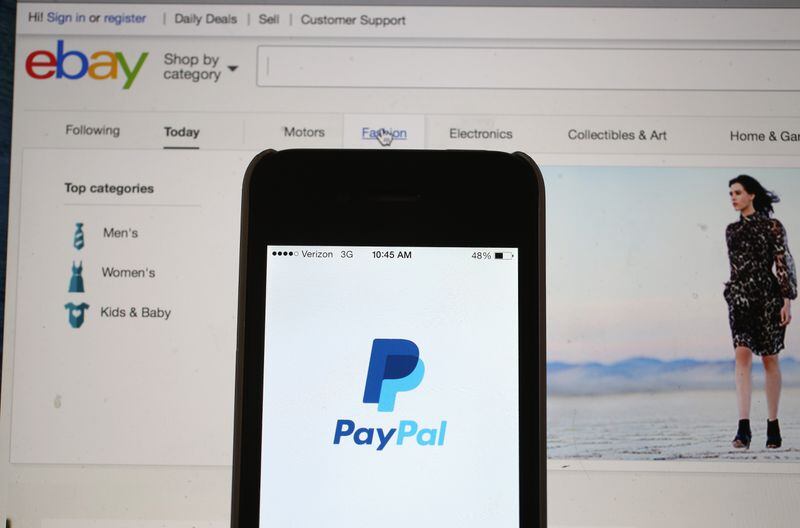
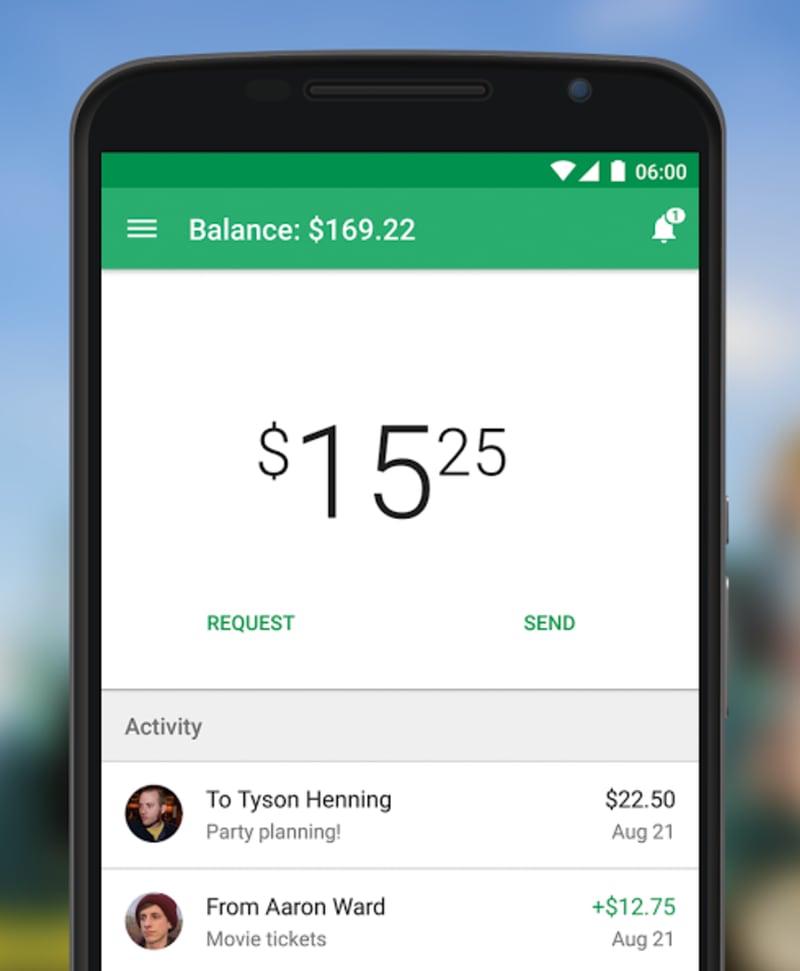
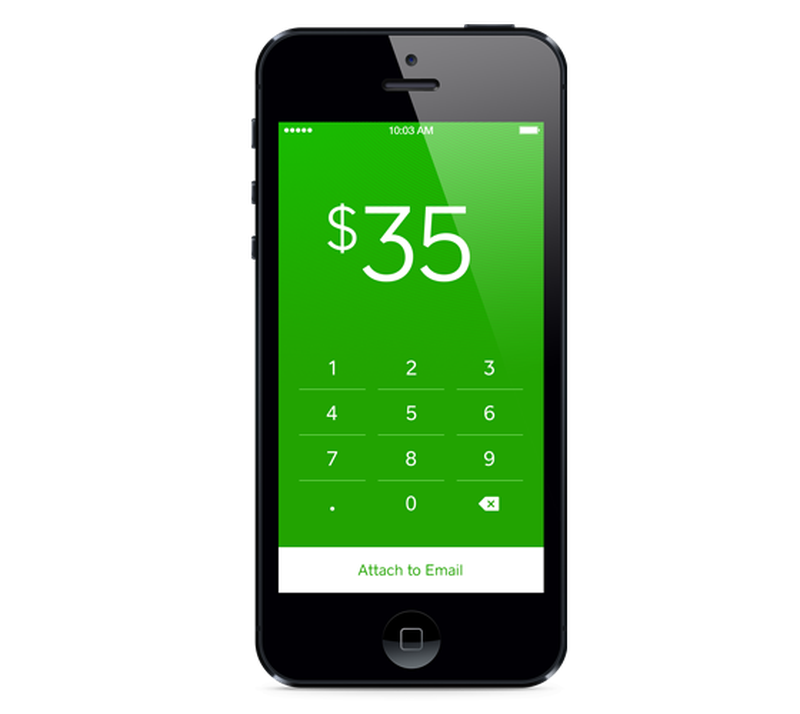
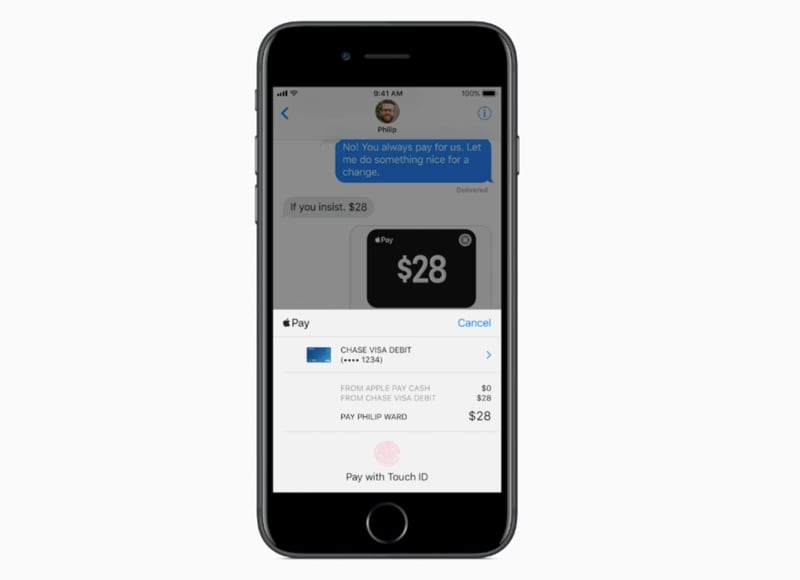
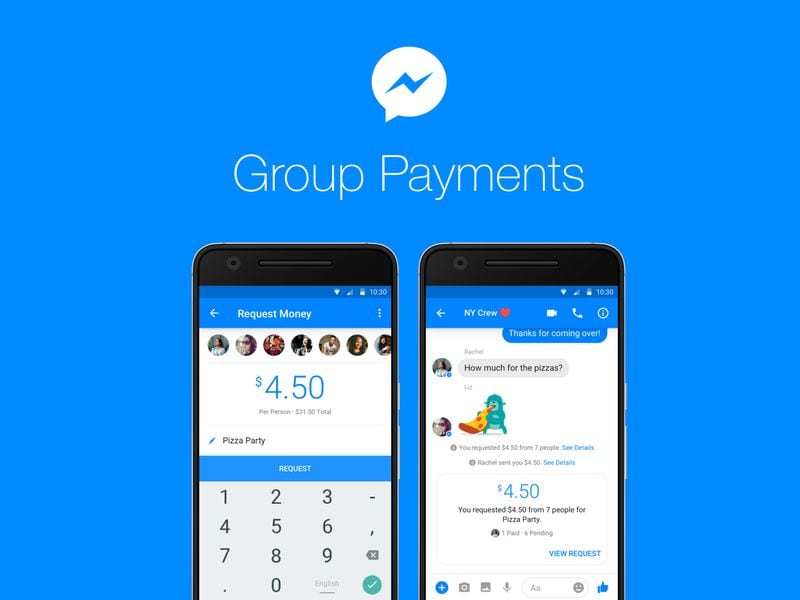
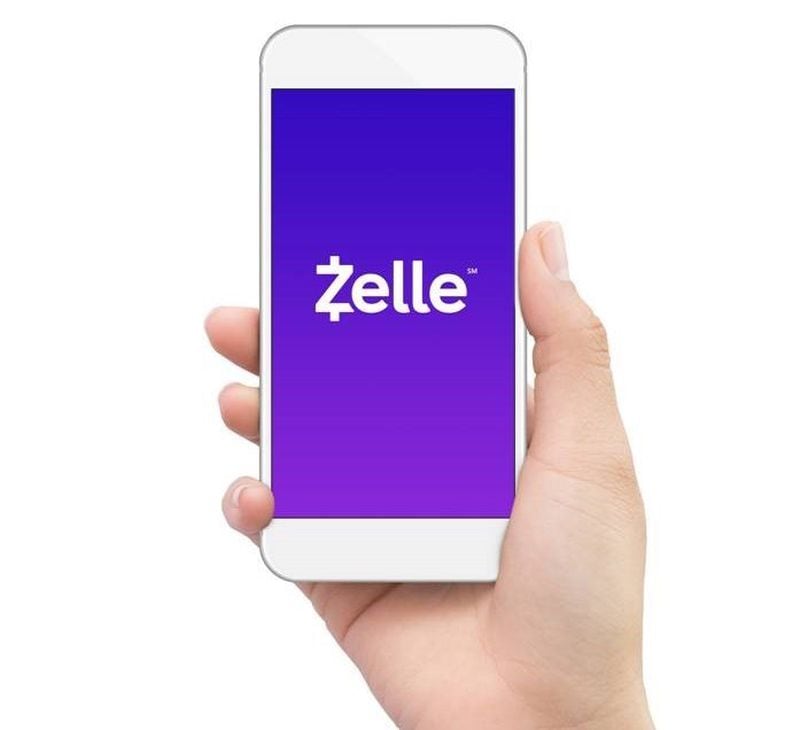


/cloudfront-us-east-1.images.arcpublishing.com/ajc/P7DYBH6TO7FEKG4SUXQQKADRXE.jpg)



